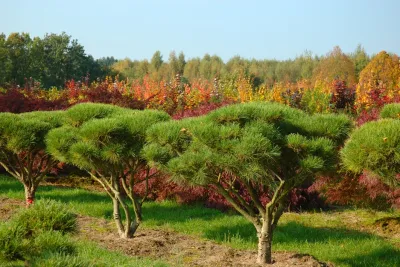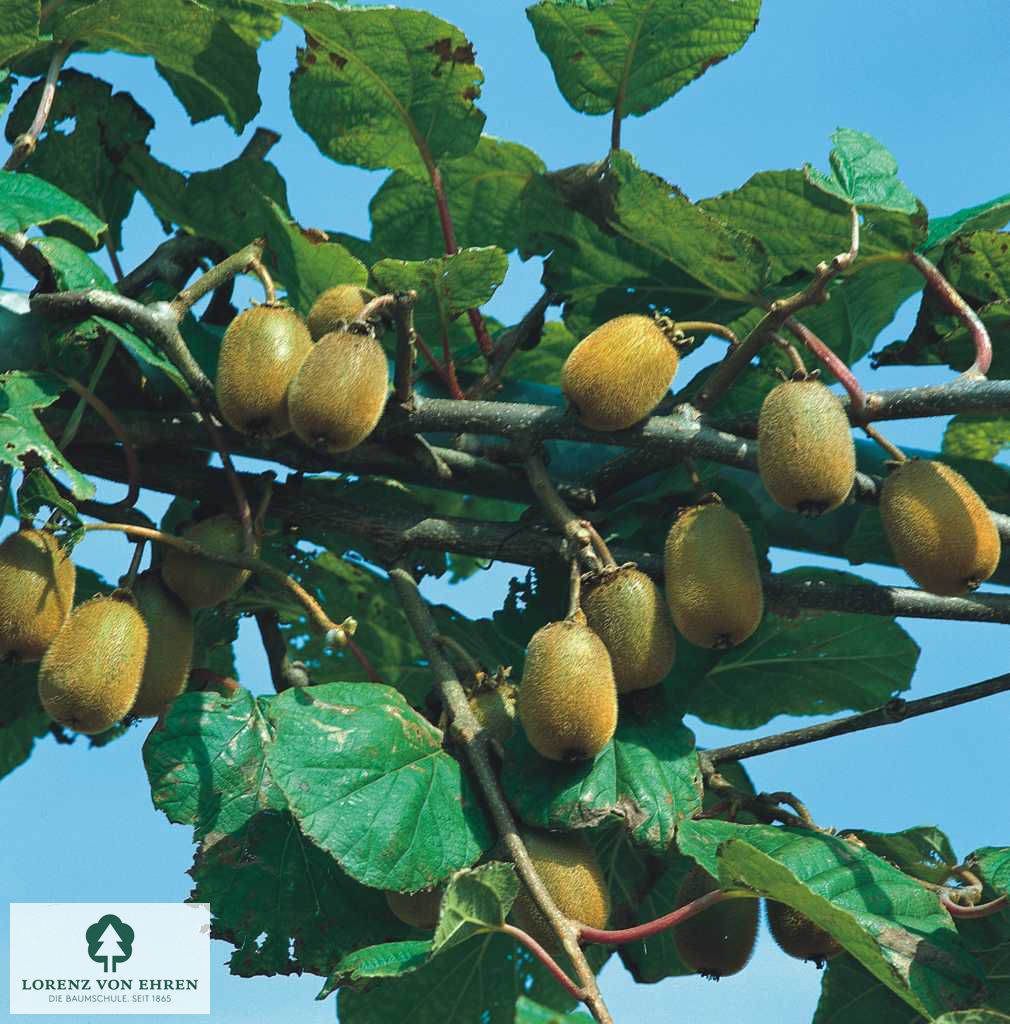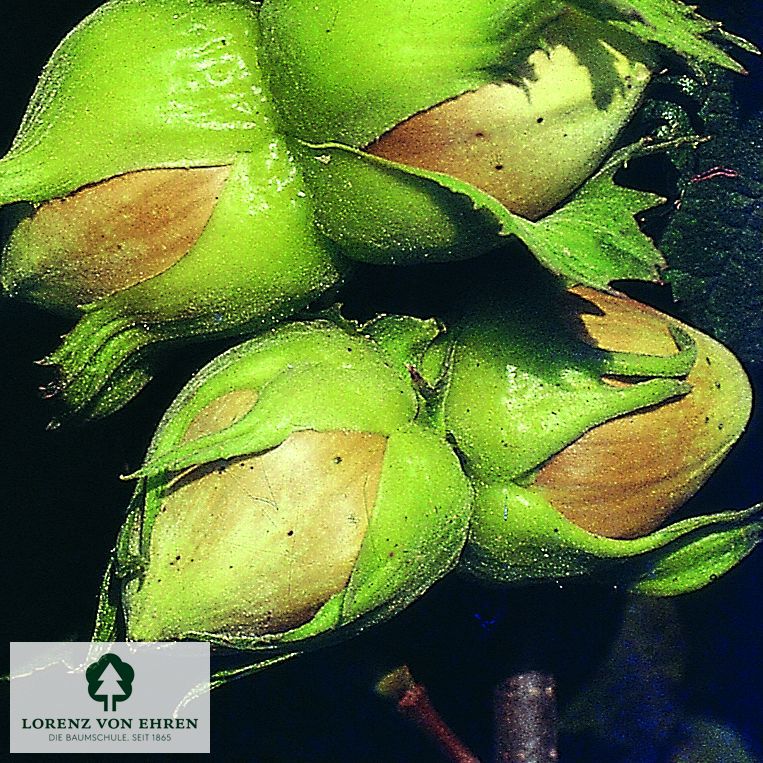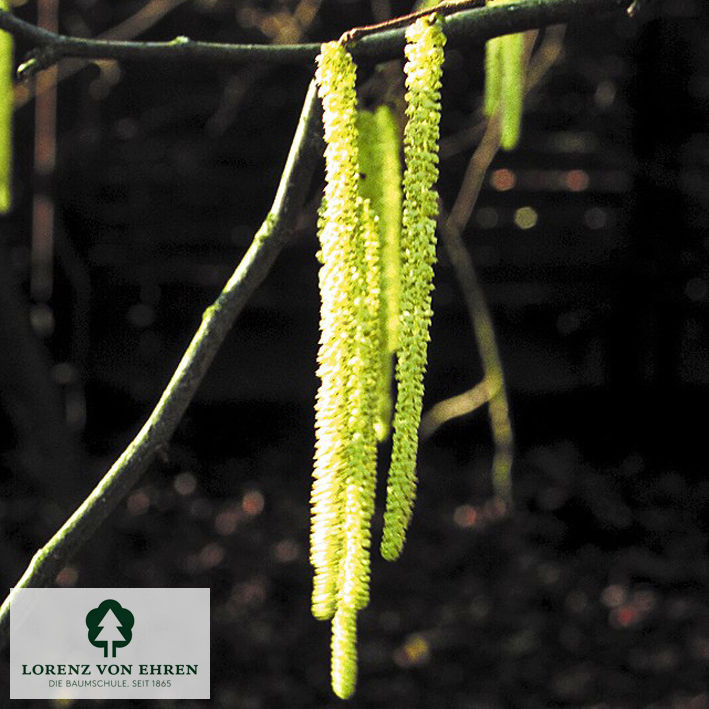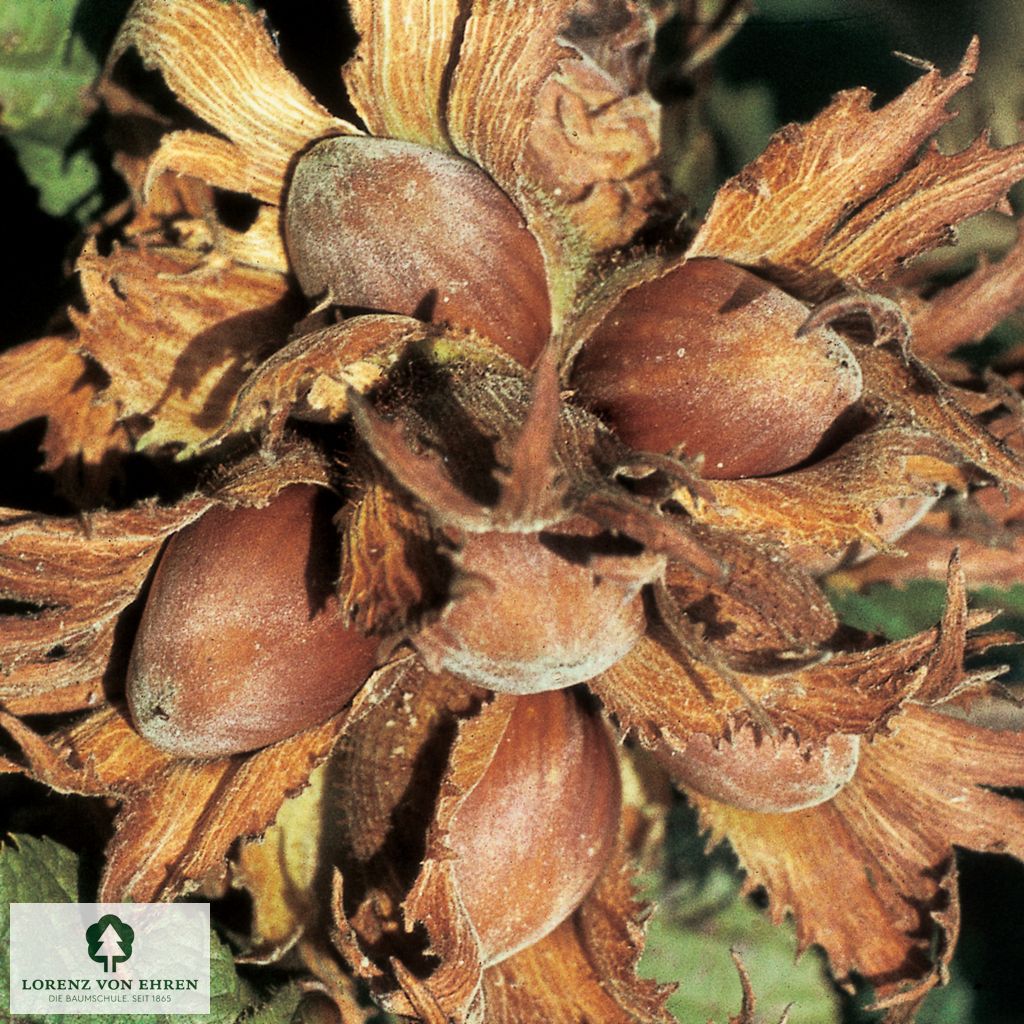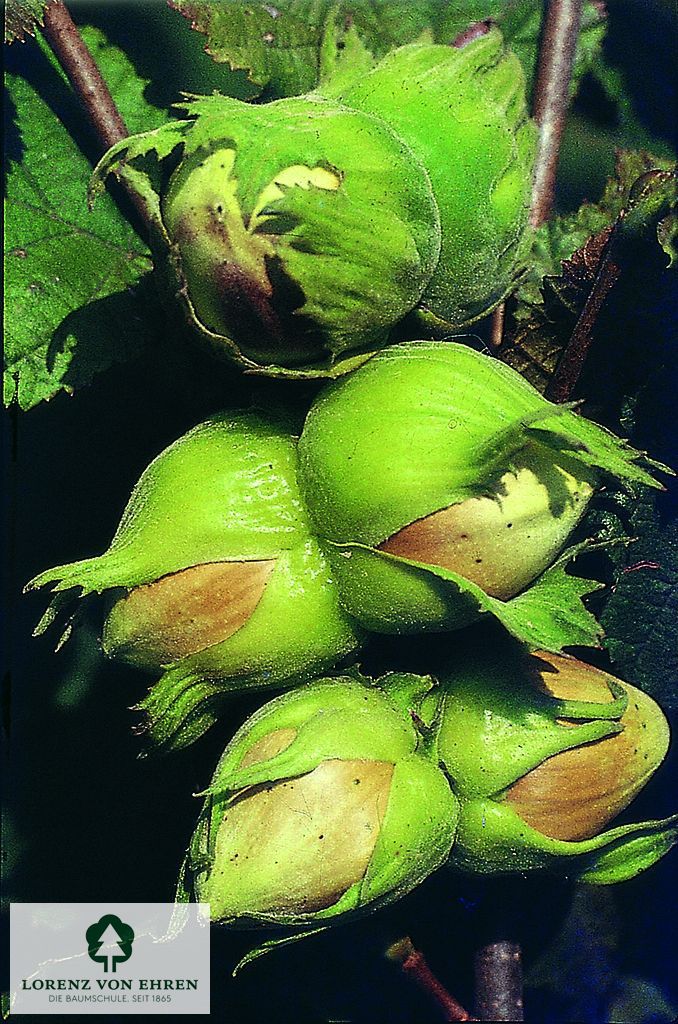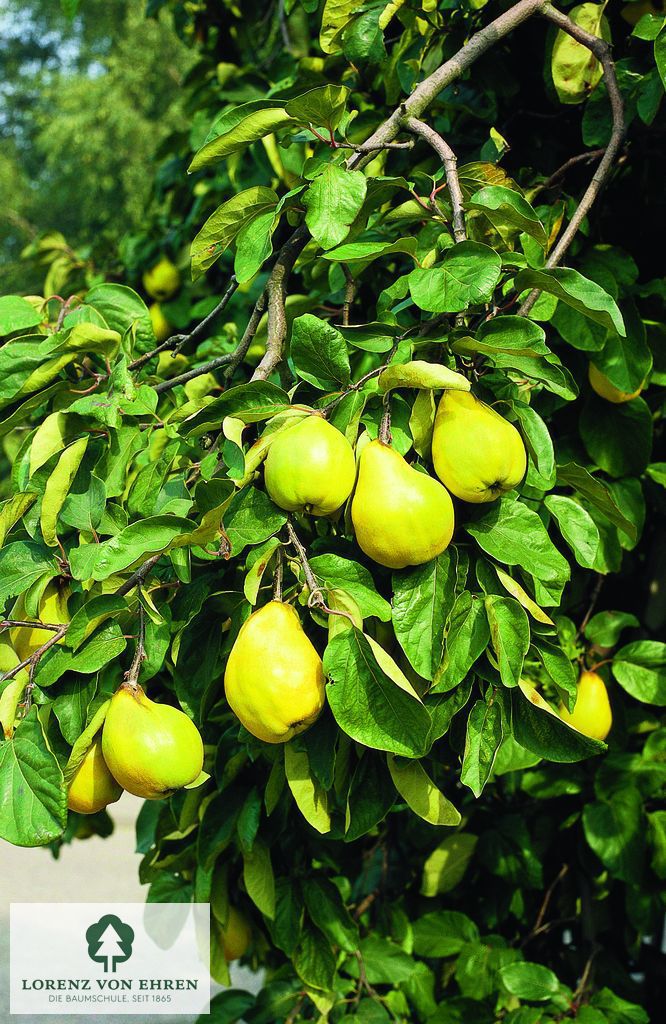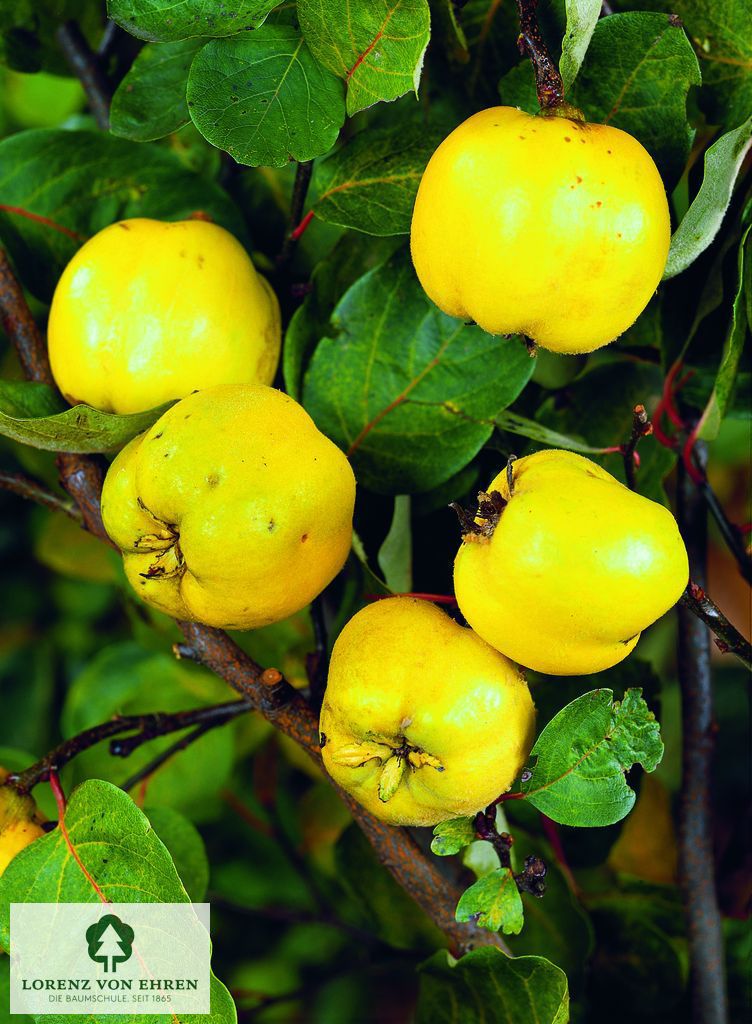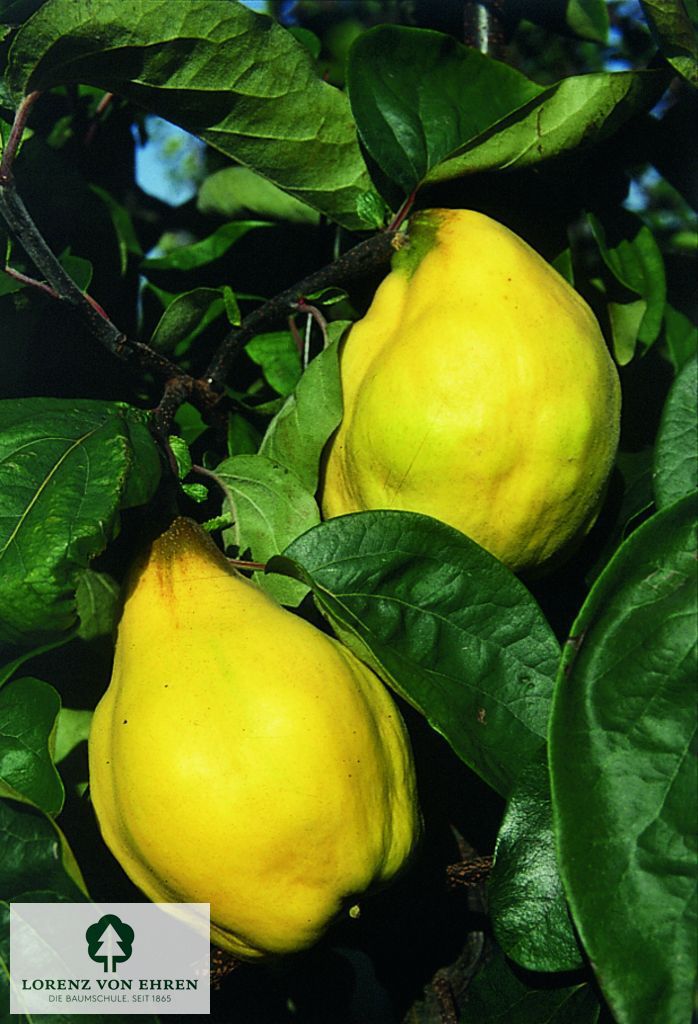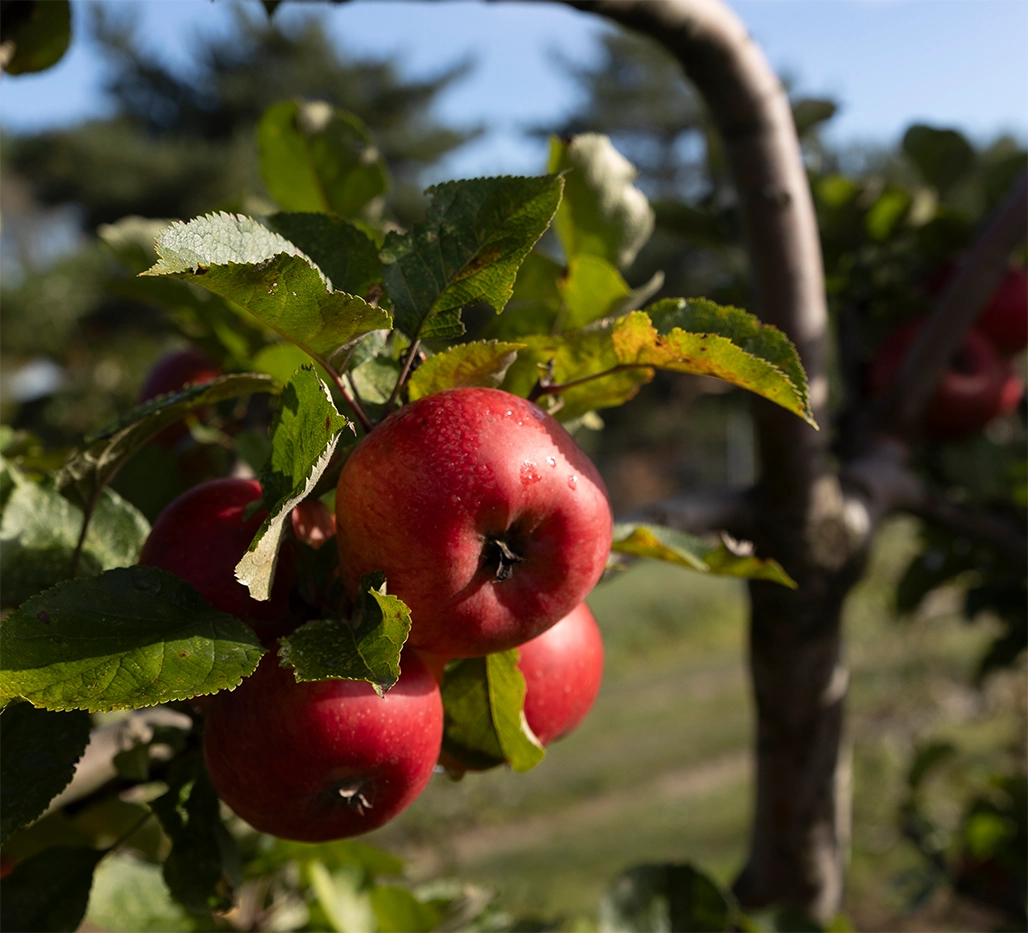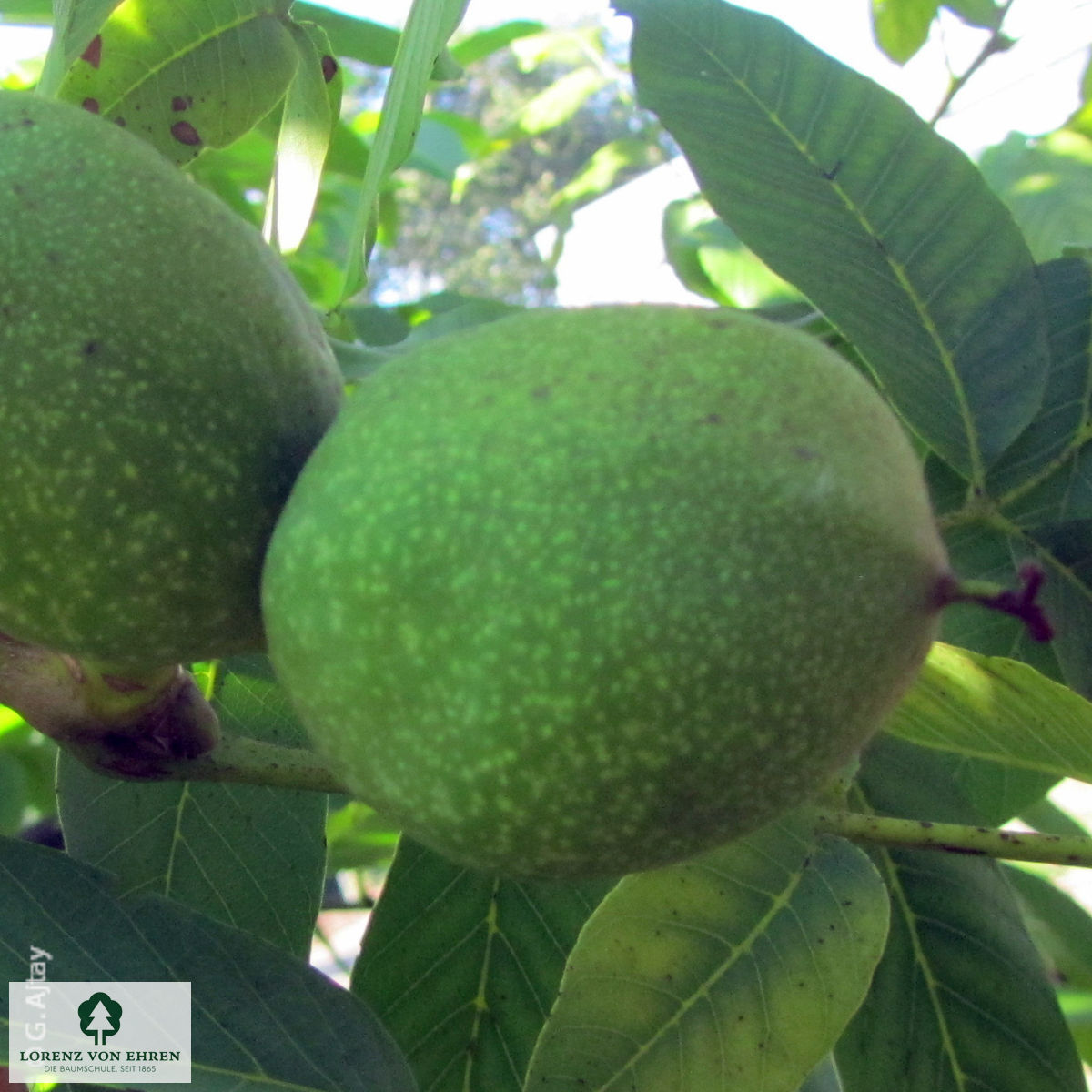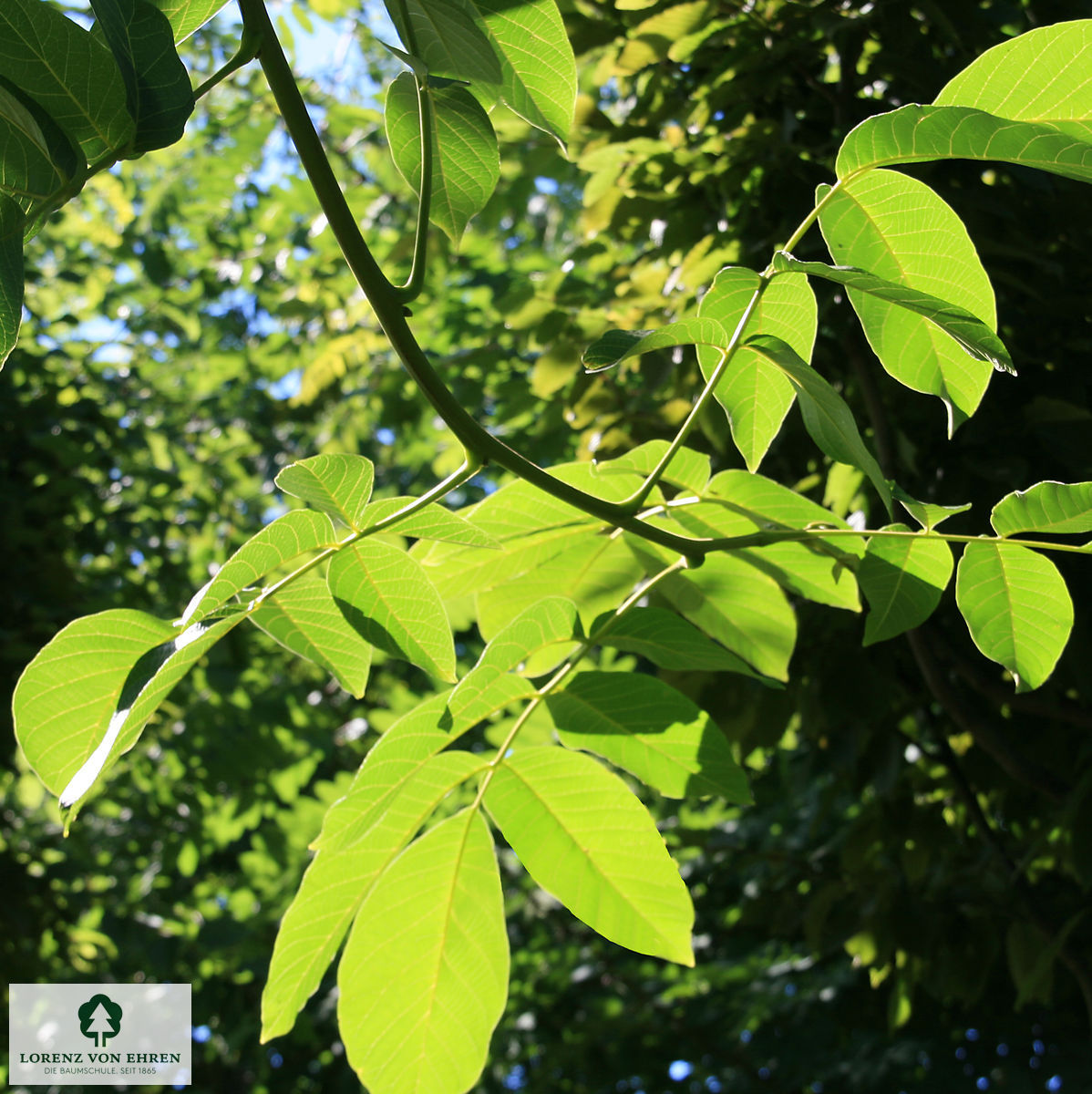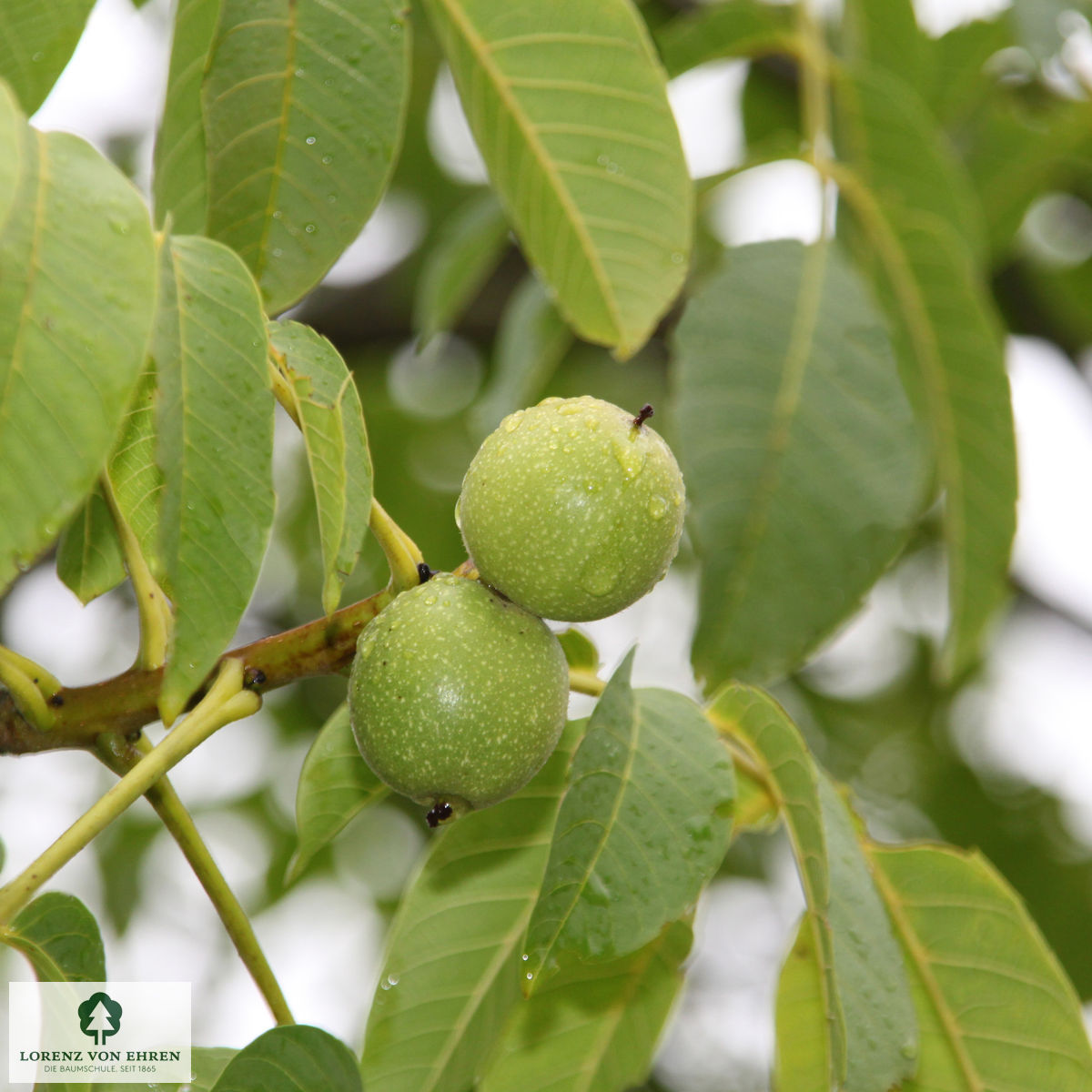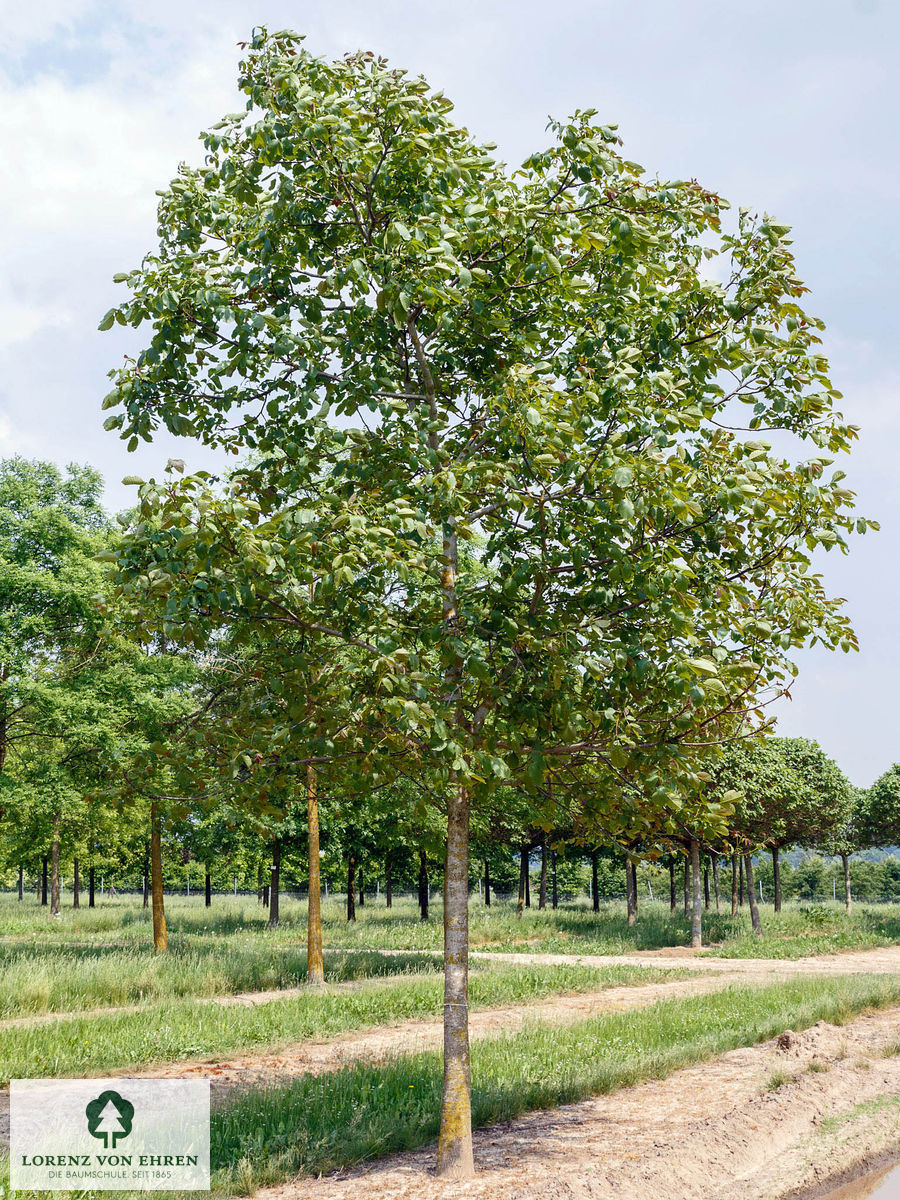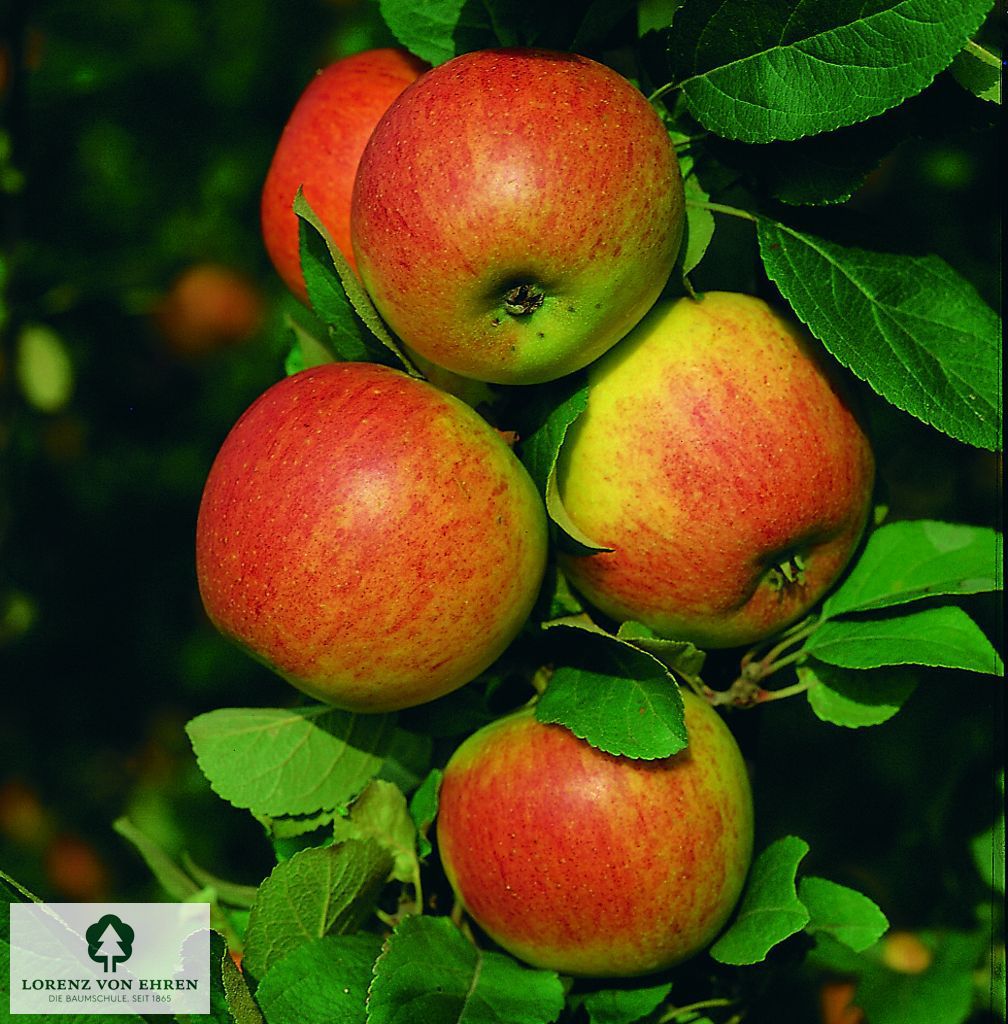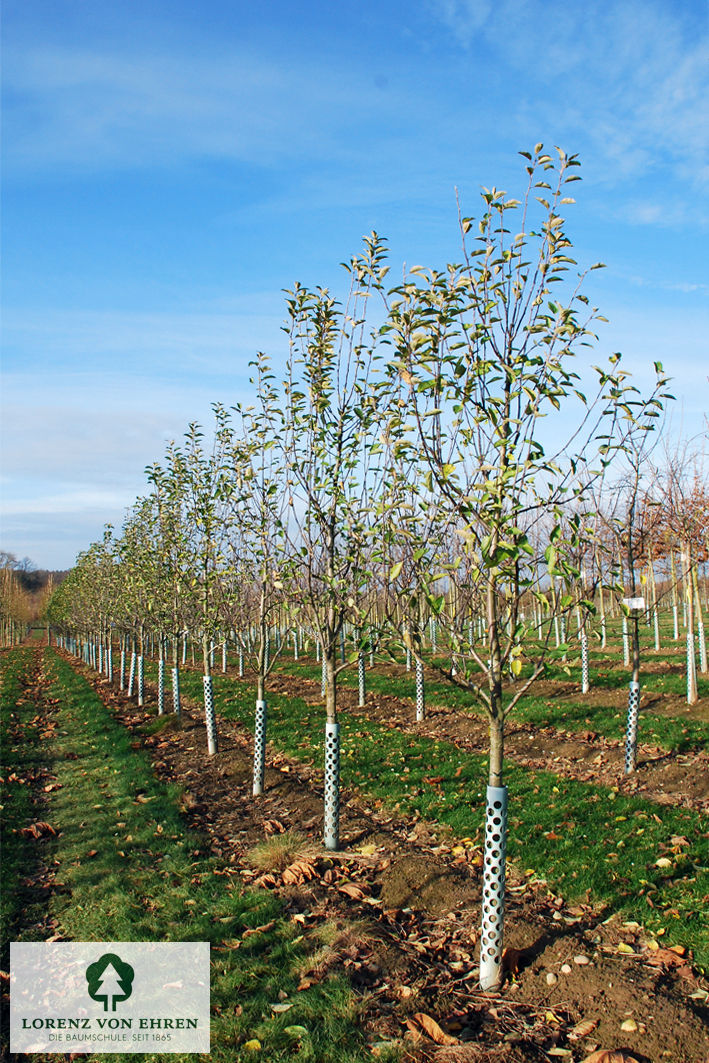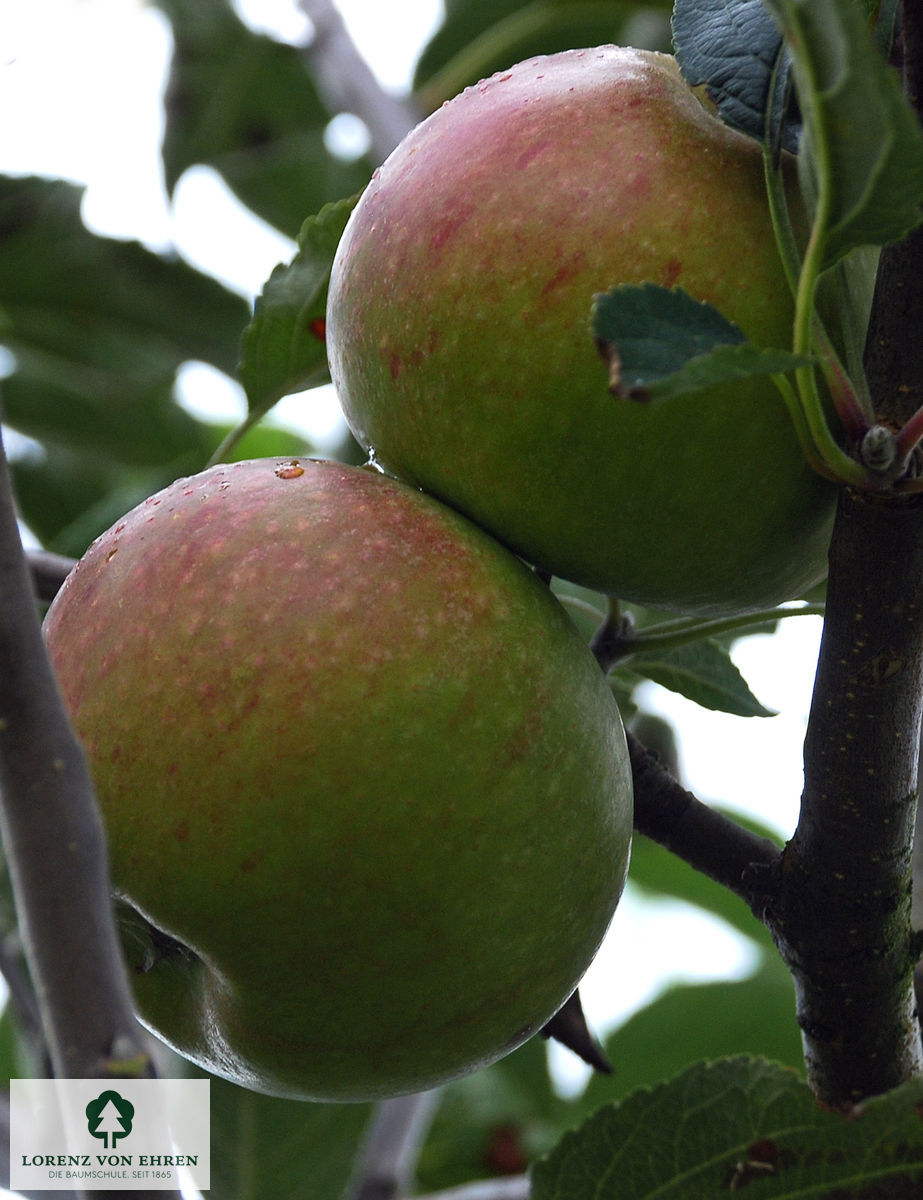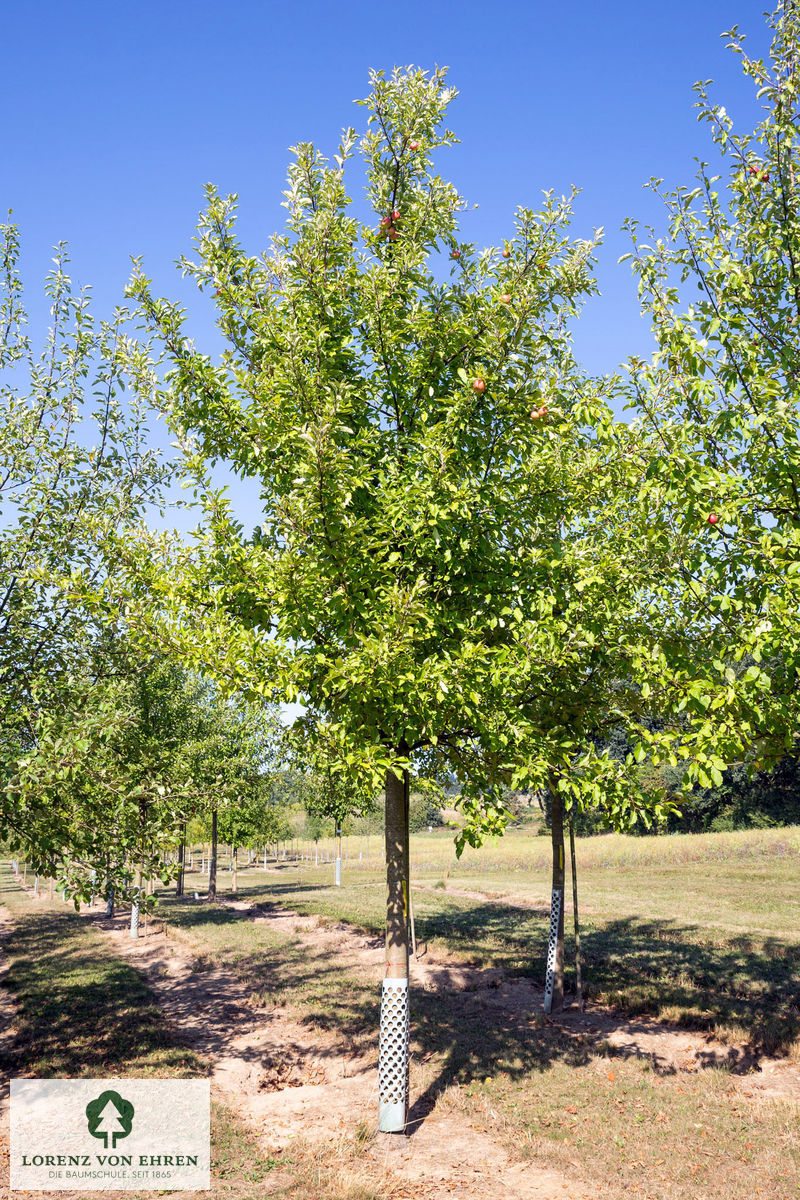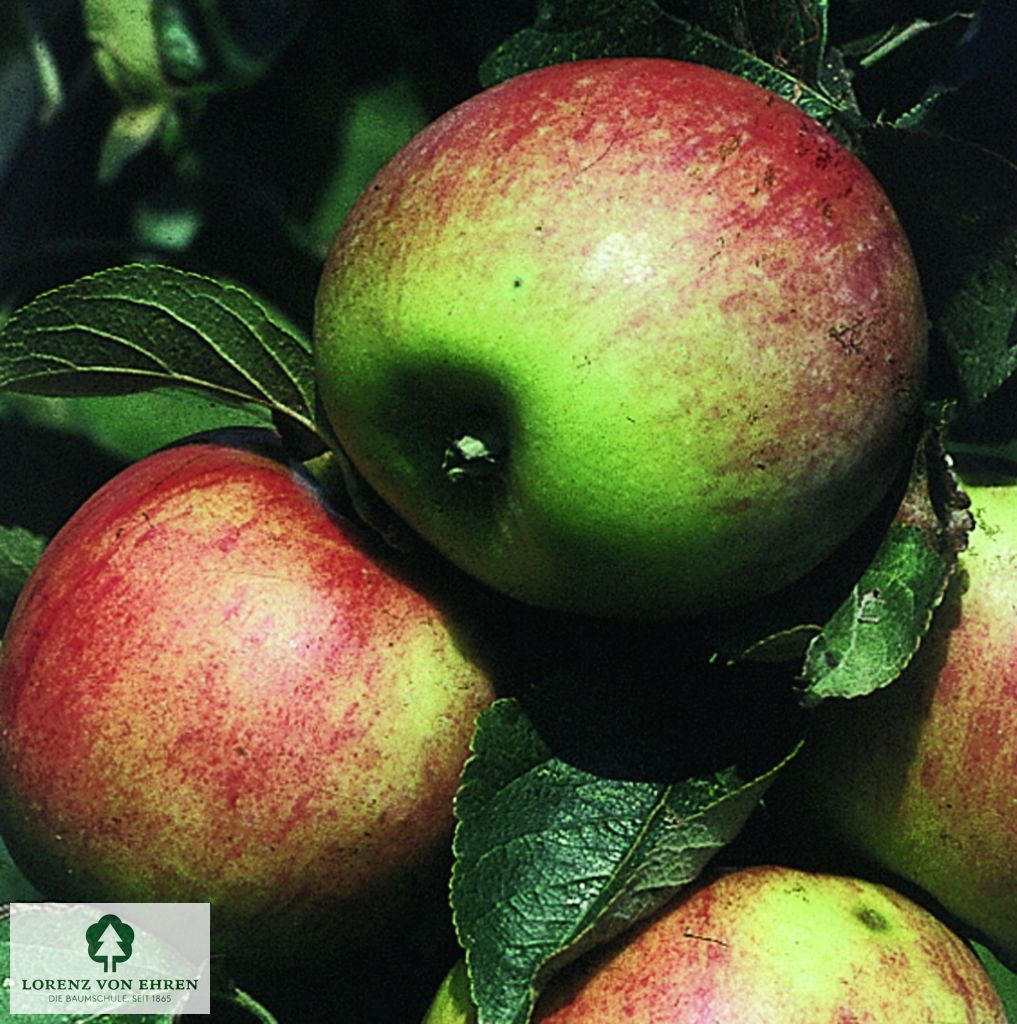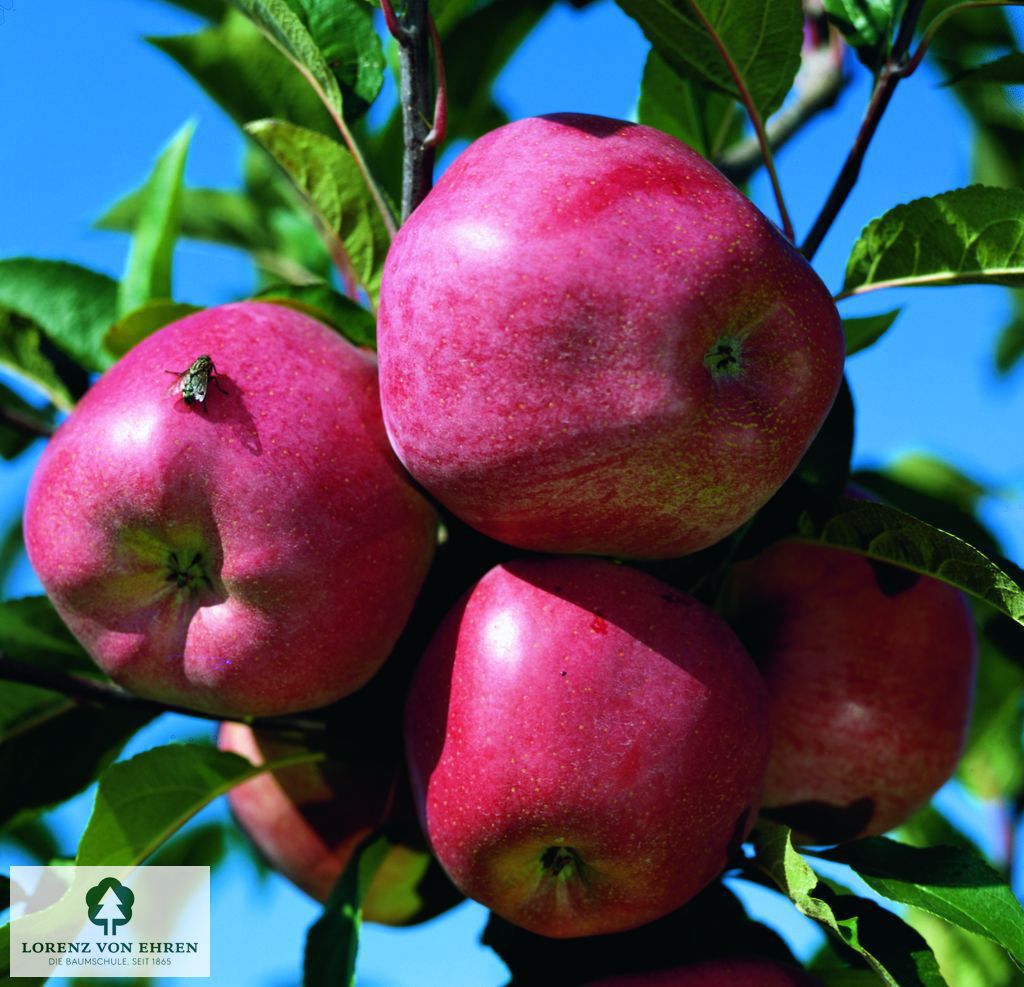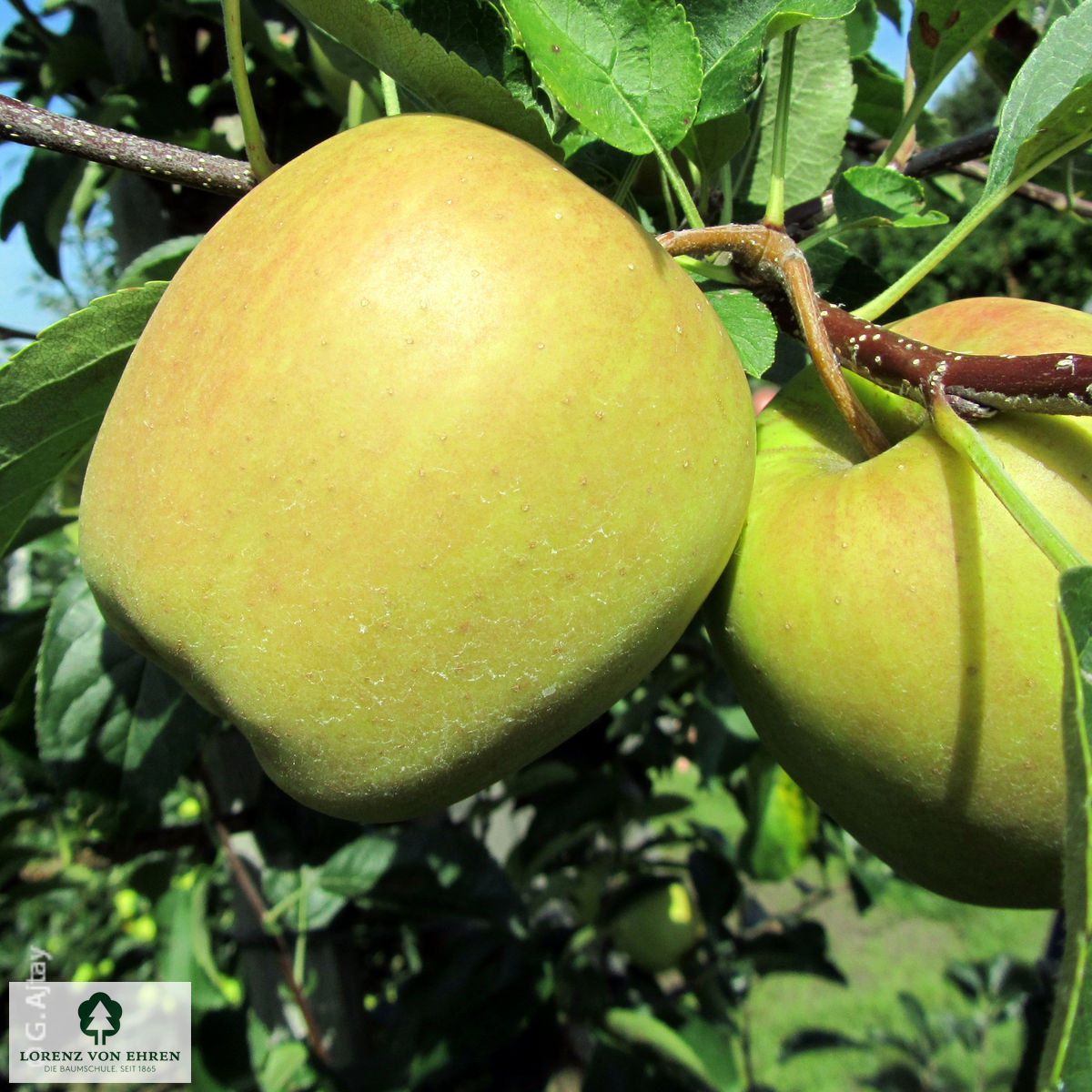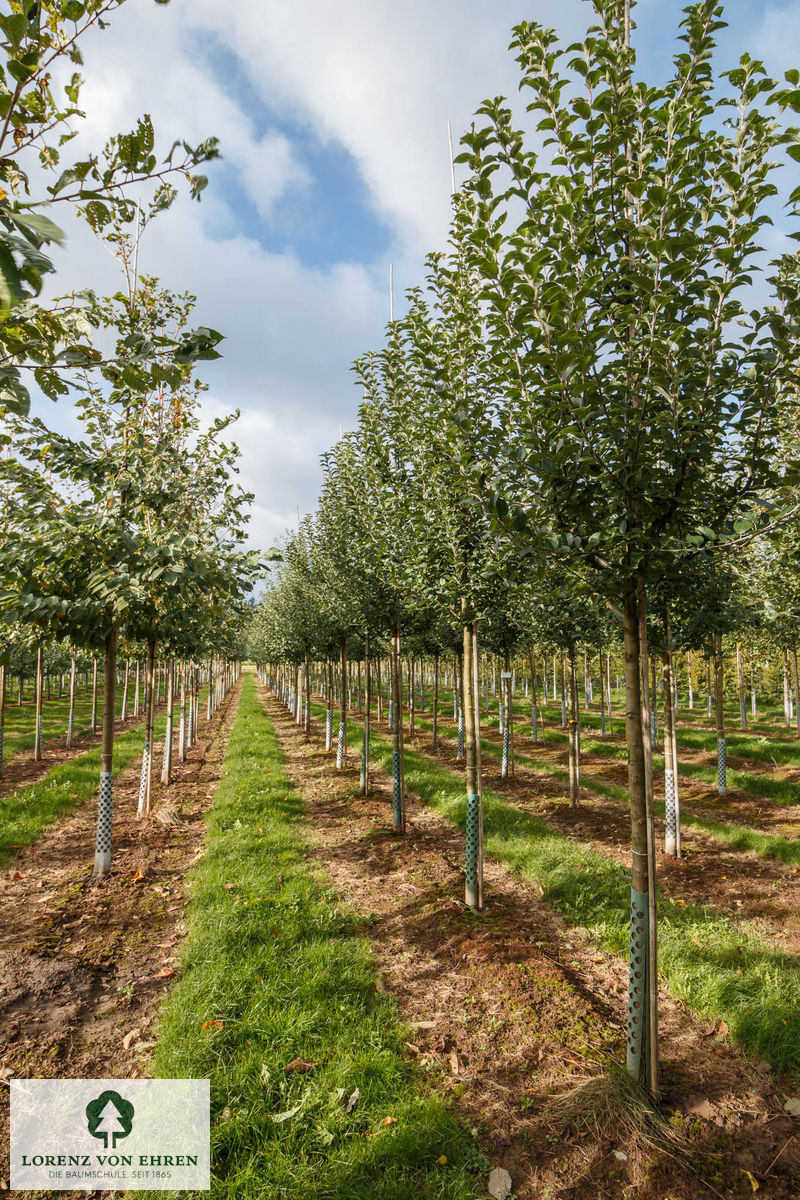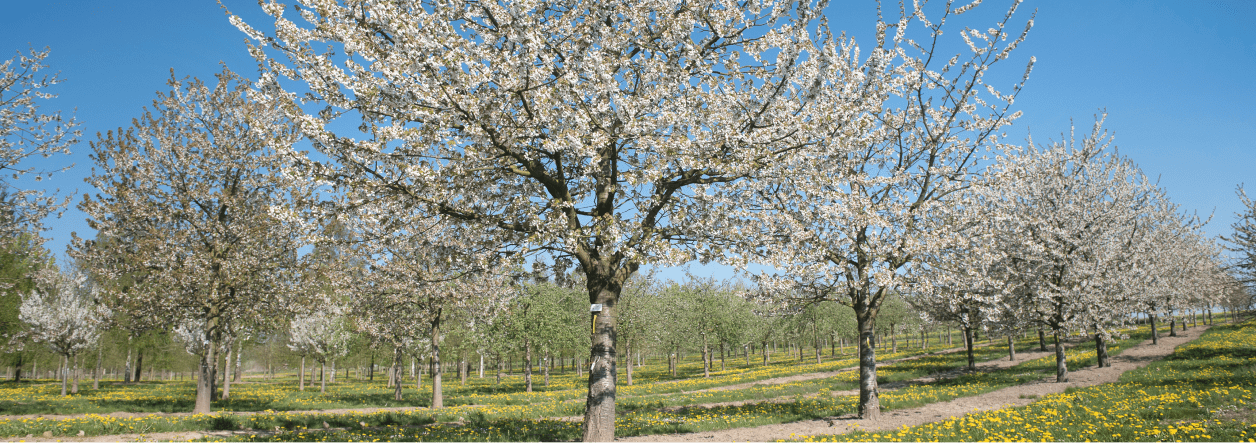
Fruit
Fruit trees - buy your favourite tree
Fruit from your own tree tastes incomparably good!
Maybe you recall your own childhood, when you had fruit from your grandparents' garden. Maybe you just want to plant fruit trees to generate biodiversity in parks, plant honey plants or snack on the delicious fruit. In any case, fruit trees are always popular!
Fruit - Fruit trees: apple, pear, cherry and plum come immediately to mind when we think of fruit trees. But how about quince or mirabelle? Hazelnuts also brings variety to the garden and table. Take a look for yourself and choose the fruit tree you would like to buy from our wide variety of fruit trees.
FAQ - Frequently asked questions
Why should you plant fruit trees?
- Sustainable nutrition
Fruit trees provide fresh, healthy and untreated fruit directly from your own garden. They reduce dependence on industrially produced food and minimise transport routes. - Environmental protection
Trees absorb CO₂ and help improve air quality. They provide a habitat for birds, insects and other animals and promote biodiversity. They also help to stabilise the soil and prevent erosion. - Beauty and quality of life
Fruit trees beautify gardens and landscapes. During the flowering season, they are a real eye-catcher, and in summer or autumn they provide us with tasty fruit. They also provide shade and create a pleasant atmosphere. - A place to learn and experience
Fruit trees offer a wonderful opportunity to teach children and adults about the cycles of nature. From the growth of flowers to the harvesting of fruit - caring for a fruit tree promotes a deeper understanding of nature.
Planting fruit trees is an investment in the future - for your own health, for nature and for future generations.
Which fruit trees are currently popular?
The choice of fruit trees often depends on current trends, regional conditions and individual preferences. Here are some fruit trees that are particularly popular at the moment:
- Apple trees
The apple remains a classic, especially due to its wide range of varieties. Robust, easy-care varieties such as 'Elstar', 'Holsteiner Cox' or 'Jonagold' are popular. - Cherry trees
Sweet and sour cherries are very popular. Varieties such as 'Regina' (sweet) or 'Schattenmorelle' (sour) are not only delicious, but also easy to care for. Cherries are ideal for fresh consumption or for preserving; e.g. 'Große Schwarze Knorpelkirsche', 'Schneiders Späte Knorpelkirsche' - Plums and damsons
Plum trees, including varieties such as 'Hauszwetschge' or 'Bühler Frühzwetsche' - Pear trees
Varieties such as 'Conference' or Pyrus communis 'Clapp's favourite' - Quince trees
Quinces are making a comeback as they are being used more frequently in traditional and modern recipes. Varieties such as 'Giant Quince of Leskovac' are both decorative and useful.
Fruit trees that are easy to care for, robust and high-yielding are particularly popular. However, the decision in favour of a variety depends heavily on individual requirements and climatic conditions. Variety is the order of the day.
What needs to be considered when planting a fruit tree?
The correct planting of a fruit tree is crucial for its healthy growth and a rich harvest. Here are the most important points to bear in mind:
1. The right location
- Sun: Fruit trees need a sunny location in order to grow well and bear lots of fruit.
- Soil: The soil should be loose, nutrient-rich and well-drained. Waterlogging should be avoided as this damages the roots.
- Distance: Maintain sufficient distance from other trees, buildings or fences so that the tree has enough space to grow. Rule of thumb: at least 3-5 metres, depending on the size of the tree.
2. The ideal time to plant
- Autumn: The best time to plant fruit trees is in autumn (October to November), as the soil is still warm and the roots can grow before winter.
- Spring: Alternatively, planting can also be done in spring (March to April), but special attention should then be paid to regular watering.
3. preparation of the soil
- Planting hole: The planting hole should be twice as wide and deep as the root ball.
- Improve the soil: The soil in the planting hole can be enriched with compost or organic fertiliser to provide the tree with nutrients.
4. planting the tree
- Note the root collar: The root collar (transition from root to trunk) should remain just above the soil surface. Planting too deep can inhibit growth.
5. stabilisation
- Tree stake: A stable planting stake protects young trees from wind and provides a secure hold. The tree is tied loosely with a coconut or rubber band to prevent damage.
6. watering and mulching
- Watering: After planting, water the tree well so that the roots have contact with the soil.
7. care after planting
- Pruning: After planting, the tree should be pruned back slightly to balance root and shoot growth.
- Regular care: In the first few years, regular watering and annual pruning are important to ensure that the tree grows healthily.
With careful preparation and care, the fruit tree will grow healthily in the long term and bear lots of fruit.

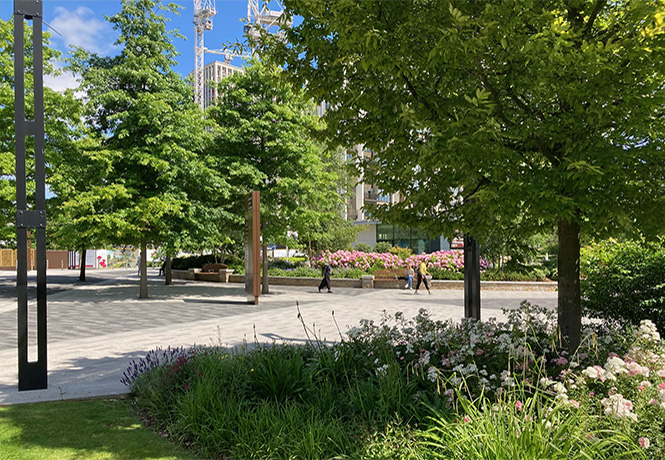
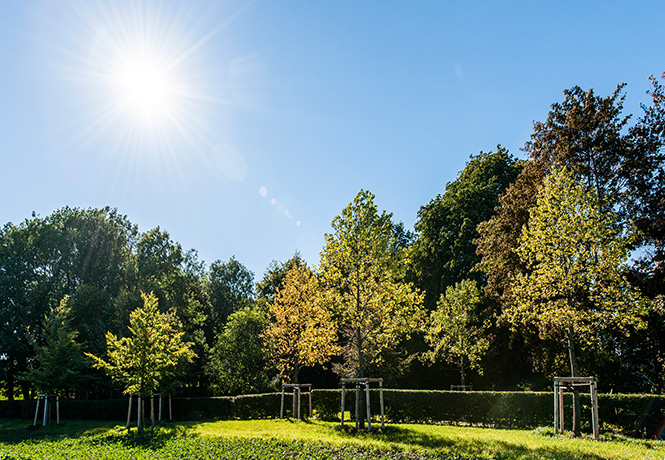
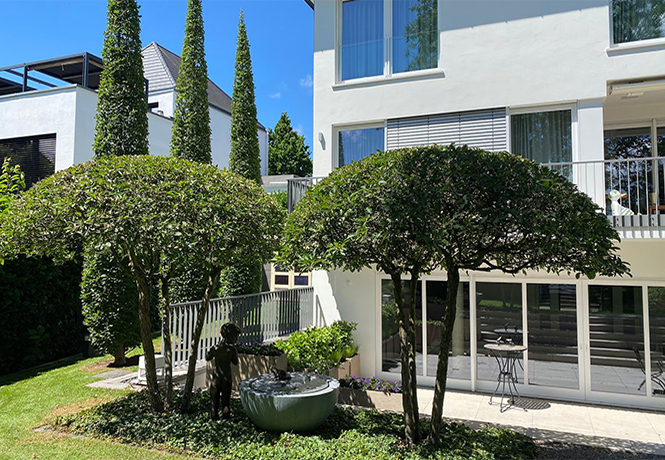
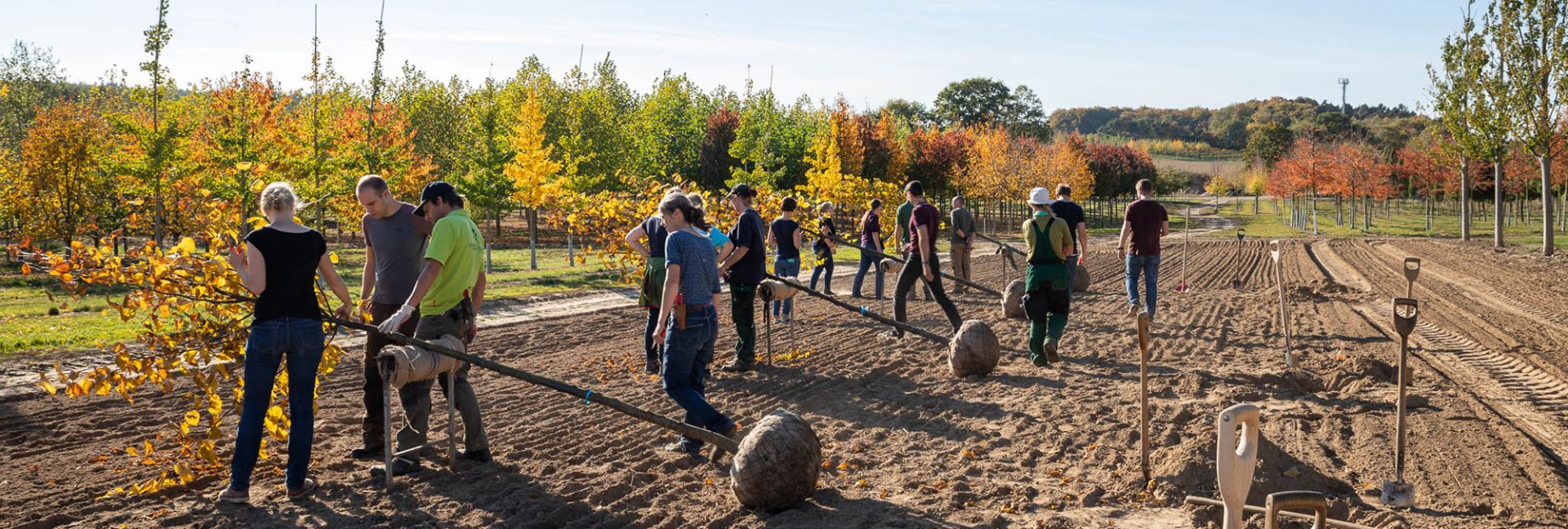
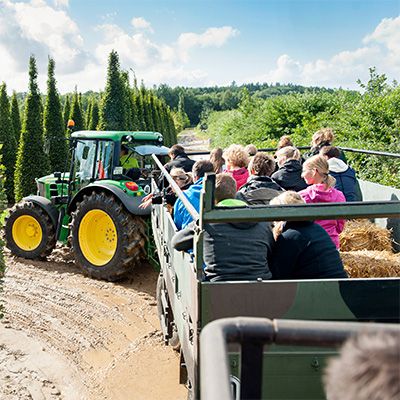
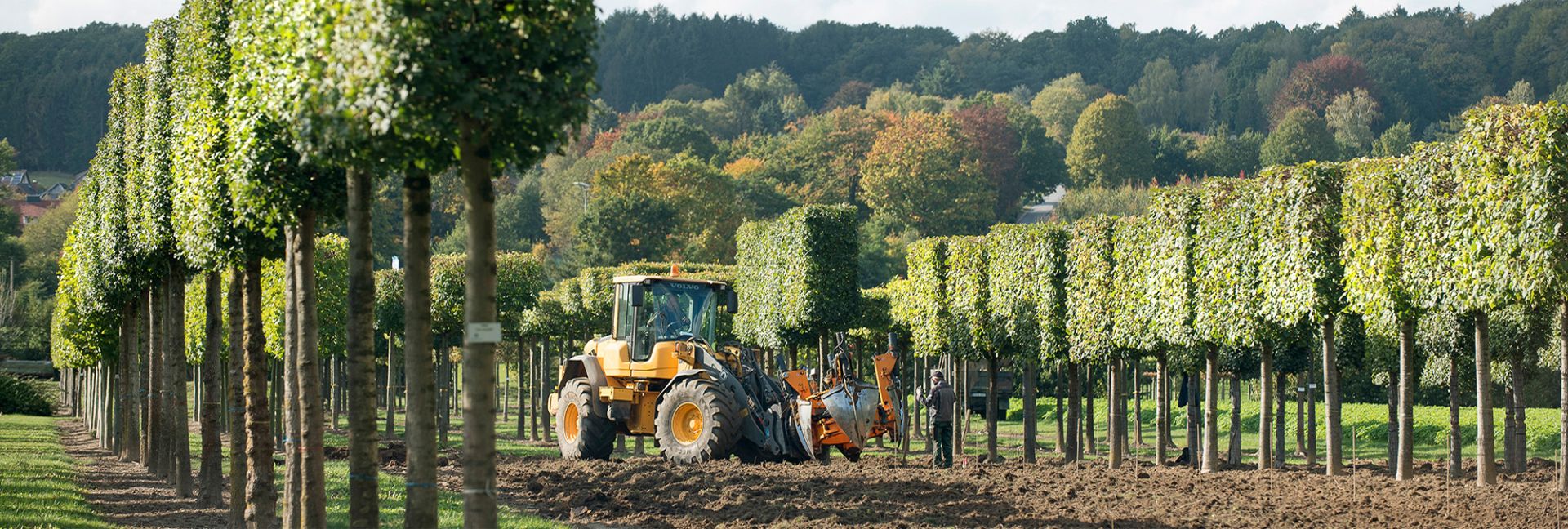
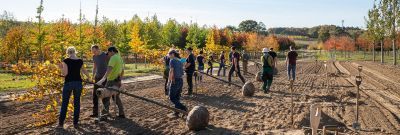

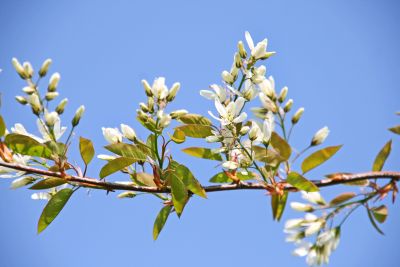

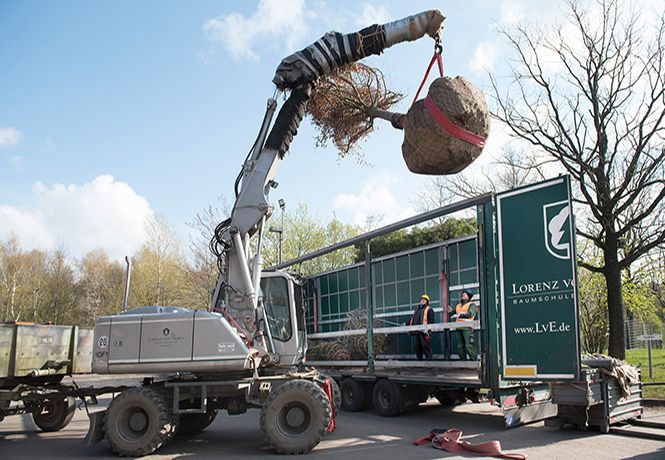



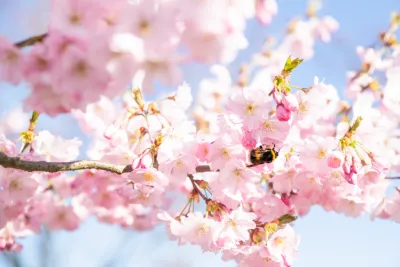
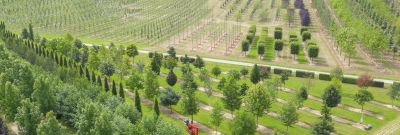
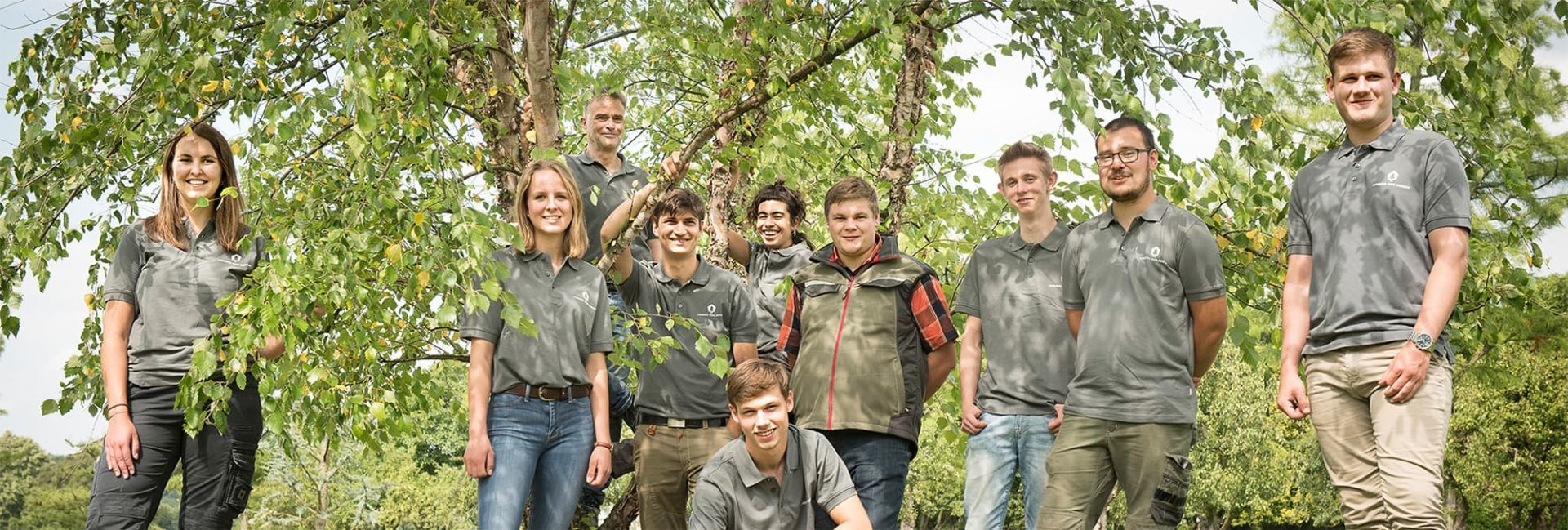

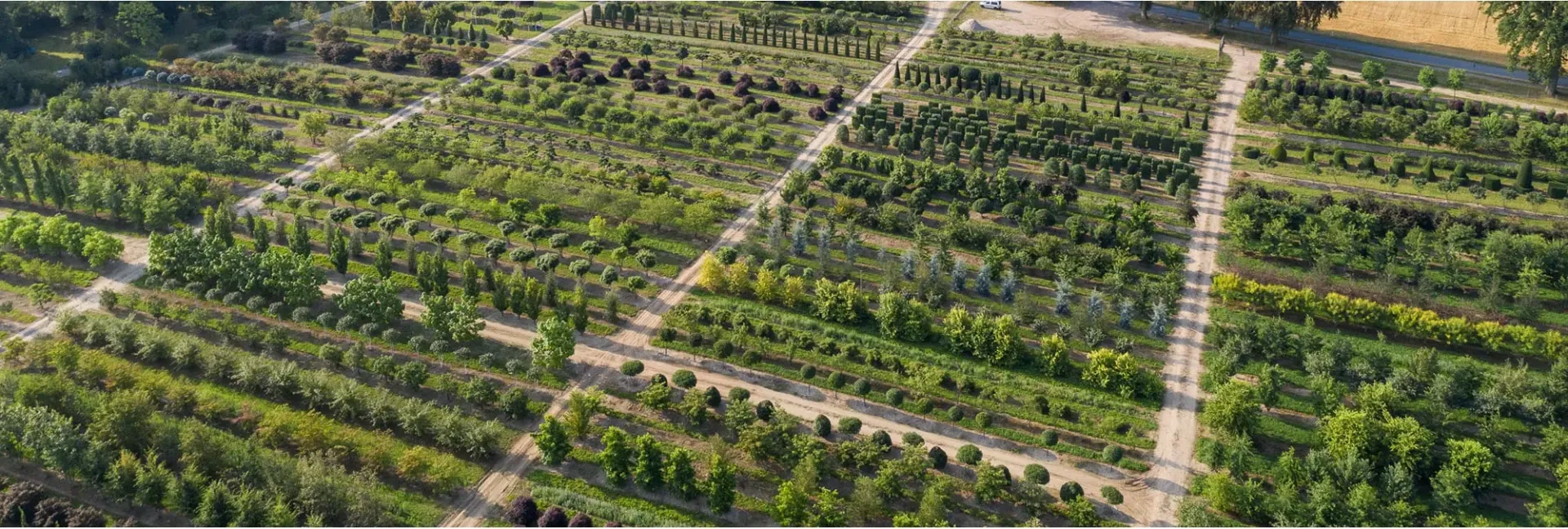
_400x400.webp)
